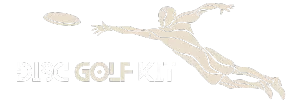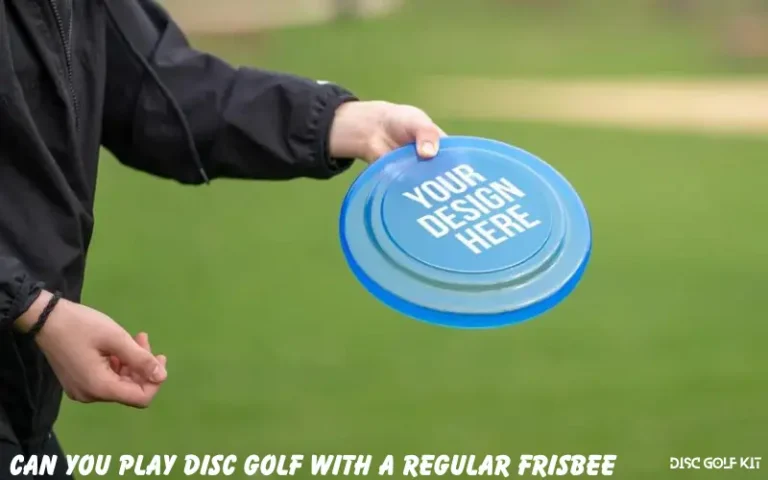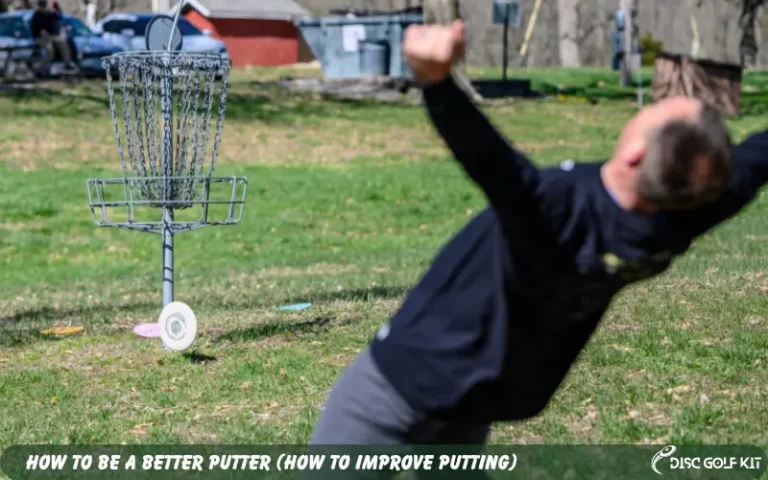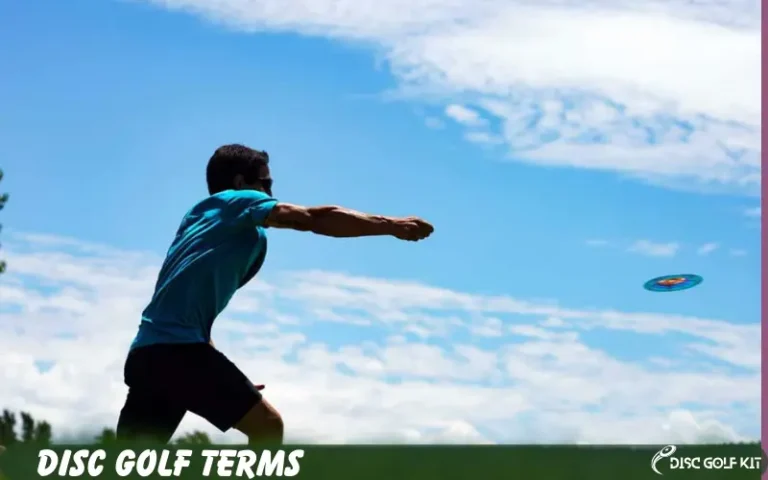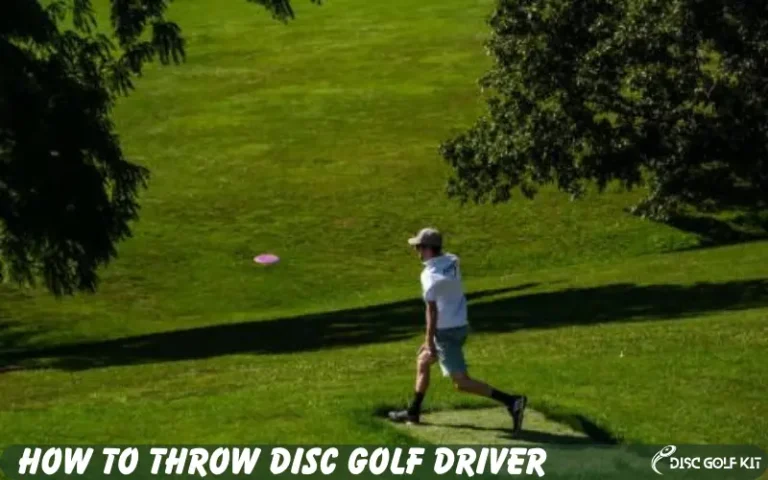
It’s a question that haunts every disc golf beginner’s mind as they stand on the tee pad, disc in hand: What is a par in disc golf? Is it just a random number assigned to a hole, or is a more profound logic guiding this crucial aspect of the game? Worry not; this guide is designed to clear up the confusion and set you on a path to disc golf mastery.

Importance of Understanding Par in Disc Golf
Knowing what is a par in disc golf and the various elements like disc golf par distance and disc golf par 4 distance that come into play can be a game-changer. It allows you to set realistic goals for each hole and helps you develop effective strategies to lower your scores. Furthermore, understanding par can elevate your appreciation for the intricacies of disc golf course design, helping you become a more complete and informed player.
Brief Overview of What the Article Will Cover
In the following sections, we will delve into the nuances of what a par in disc golf means, how disc golf par distance factors into it, and what you should know about disc golf par 4 distance. We will also provide practical disc golf par distance guidelines to help you navigate through the complexities of this exciting sport. Let’s dig in and demystify the concept of what is a par in disc golf ?
Understanding the Basics: What Is A Par In Disc Golf
Following are some basics which are very important for any disc golf player.
Definition of ‘Par’ in Disc Golf
In disc golf, “par” signifies the standard number of throws an experienced player is expected to make to complete a hole, starting from the tee pad and ending in the basket. This number accounts for the drive, approach shots, and putt. A hole can typically have a par ranging from 3 to 5, although some complex or longer holes may have a par six or higher.
How Par is Calculated
Determining the par for a disc golf hole isn’t arbitrary; it follows specific guidelines. The calculation considers the distance to the hole, obstacles like trees or water hazards, and the course layout. Here are some general factors:
Importance of Par in Scoring
Understanding the concept of what is a par in disc golf significantly affects how you score and evaluate your performance. Here’s how:
By grasping these fundamental aspects of what is a par in disc golf , how it’s calculated, and its relevance in scoring, you’re setting the stage for becoming a more skilled and analytical player.
Introduction to Disc Golf Par Distance
So you’ve got a handle on what is a par in disc golf means, but what about disc golf par distance? Par distance is the hole length measured from the tee pad to the basket. Understanding this distance is crucial for strategic play and improving your scores, whether dealing with a short par 3 or a lengthy par 5.

Factors Affecting Par Distance
While distance is a straightforward factor, various elements come into play when determining disc golf par distance. Here are some key factors:
Common Disc Golf Par Distances for Different Holes
To provide some practical perspective, let’s look at the standard disc golf par distances for different kinds of holes:
Understanding the nuances of disc golf par distance is crucial for every player aiming to elevate their game. It allows you to plan your shots more effectively and sets the stage for continuous improvement.
Digging Deeper into Disc Golf Par 4 Distance
Regarding disc golf par 4 distance, these holes represent a middle ground between the shorter par 3s and the more challenging par 5s and beyond. Par 4 holes are distinctive because they often require a blend of both power and strategy. It’s not just about throwing as far as you can; it’s also about navigating around obstacles, positioning your disc for the subsequent approach shot, and ultimately getting it into the basket within four throws.
Typical Distances for Par 4 Holes
While the exact distances can vary from course to course, par 4 holes generally fall within the range of 300 to 600 feet. It’s essential to note that distance isn’t the only factor determining a hole’s par; obstacles and course layout play a significant role. However, within this range, you can usually expect to make one strong drive, an approach shot to get you close to the basket, and a putt or two to finish the hole.
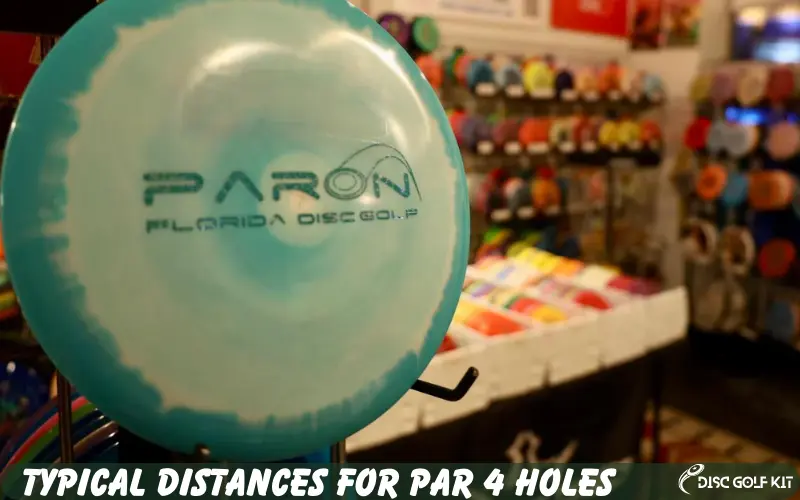
Strategies for Tackling Par 4 Holes
Successfully navigating par 4 holes in disc golf calls for a well-thought-out approach. Here are some strategies:
Disc Golf Par Distance Guidelines: What to Expect
Disc Golf Par Distance Guidelines are very important to know for a disc golf player.
Official Guidelines on Par Distance
While there is some variability in how courses determine their par distances, official guidelines exist to standardize this crucial game aspect. Organizations like the Professional Disc Golf Association (PDGA) offer detailed specifications on calculating par based on distance, obstacles, and other factors. For instance, according to the PDGA, a typical par 3 hole might be up to 250 feet on open terrain, while a more challenging par 4 could extend to 600 feet or more, especially when obstacles are involved.
Community Norms Around Par Distances
Beyond official regulations, community norms also shape perceptions about what constitutes reasonable par distances. Local clubs and experienced players often have well-established views on how challenging a hole should be to earn a specific par rating. These norms can influence course design and may even lead to adjustments in par over time-based on feedback and average scores collected during tournaments and casual rounds.
How Courses Set Their Par Distances
When it comes to setting par distances, course designers have a range of factors to consider:
Tips and Tricks
Knowing the par of a hole provides a benchmark for your performance. But how can you consistently play to that standard? Here are some strategies:
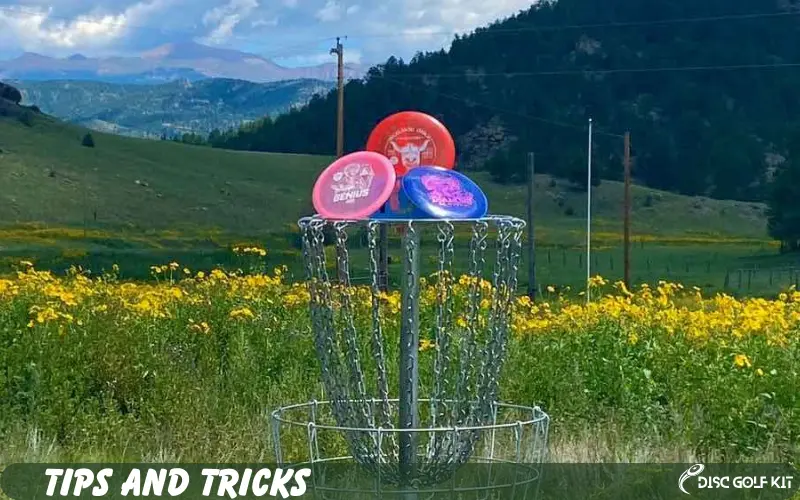
When to Aim for Birdie or Accept a Bogey
Sometimes, it’s not all about playing to par; you’ll want to know when it’s prudent to aim for a birdie (one under par) or to accept a bogey (one over par).
How Understanding Par Distance Can Improve Your Game
By integrating these tips and tricks into your disc golf game, you’ll become a more strategic player and gain a deeper understanding and appreciation of the complexities that make disc golf such a rewarding sport.
Conclusion
Understanding “What Is A Par In Disc Golf,” including the intricacies of Disc Golf Par Distance and Disc Golf Par 4 Distance, can significantly enhance your enjoyment and performance. From grasping the basics and breaking down distances to diving deep into par 4 specifics and guidelines, we’ve covered a comprehensive range of topics that every disc golfer should know, from beginner to pro.
Armed with this knowledge, you’ll be better equipped to strategize your game, understand the courses you play, and set achievable goals. You’ll also find that a nuanced understanding of Disc Golf Par Distance Guidelines can offer you a competitive edge, whether playing casually with friends or entering a local tournament.
So what are you waiting for? The next time you step onto the course, take these insights with you and watch as they translate into improved scores and a more fulfilling disc golf experience. Don’t just aim to throw; aim to understand the game better, one par at a time.
Frequently Asked Questions

Article by
Peter Howell
I am an enthusiastic disc golf player and the mind behind DiscGolfKit.com. My aim to combine my passion and expertise to educate others about disc golf product reviews and create comprehensive buying guides. Stick around, and let’s elevate our game together.
